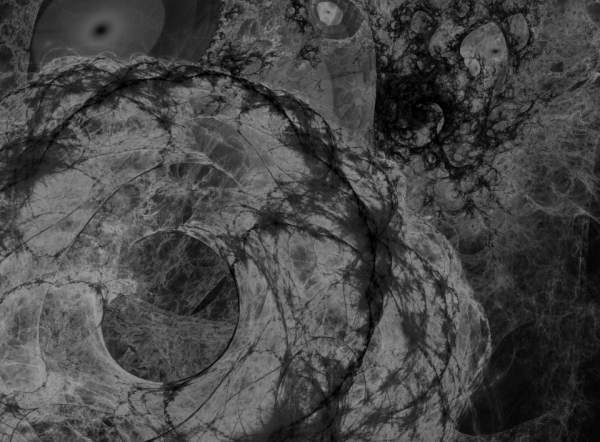
Could we have already discovered dark matter?
That’s the question put forth in a new paper published Feb.12 in the Journal of Physics G. The authors outlined how dark matter might be made of a particle known as the d*(2380) hexaquark, which was likely detected in 2014.
Dark matter, which exerts gravitational pull but emits no light, isn’t something anyone’s ever touched or seen. We don’t know what it’s made of, and countless searches for the stuff have come up empty. But an overwhelming majority of physicists are convinced it exists. The evidence is plastered all over the universe: Clusters of stars spinning far faster than they otherwise should, mysterious distortions of light across the night sky, and even holes punched in our galaxy by an unseen impactor point to something being out there — making up most of the mass of the universe — that we don’t yet understand.
Most widely studied theories of dark matter involve whole classes of never-before-seen particles from well outside the Standard Model of physics, the dominant theory describing subatomic particles. Most of these fit into one of two categories: the lightweight axions and the heavyweight WIMPs, or weakly interacting massive particles. There are other, more exotic theories involving as-yet undiscovered species of neutrinos or a theoretical class of microscopic black holes. But rarely does anyone propose that dark matter is made of something we already know exists.


